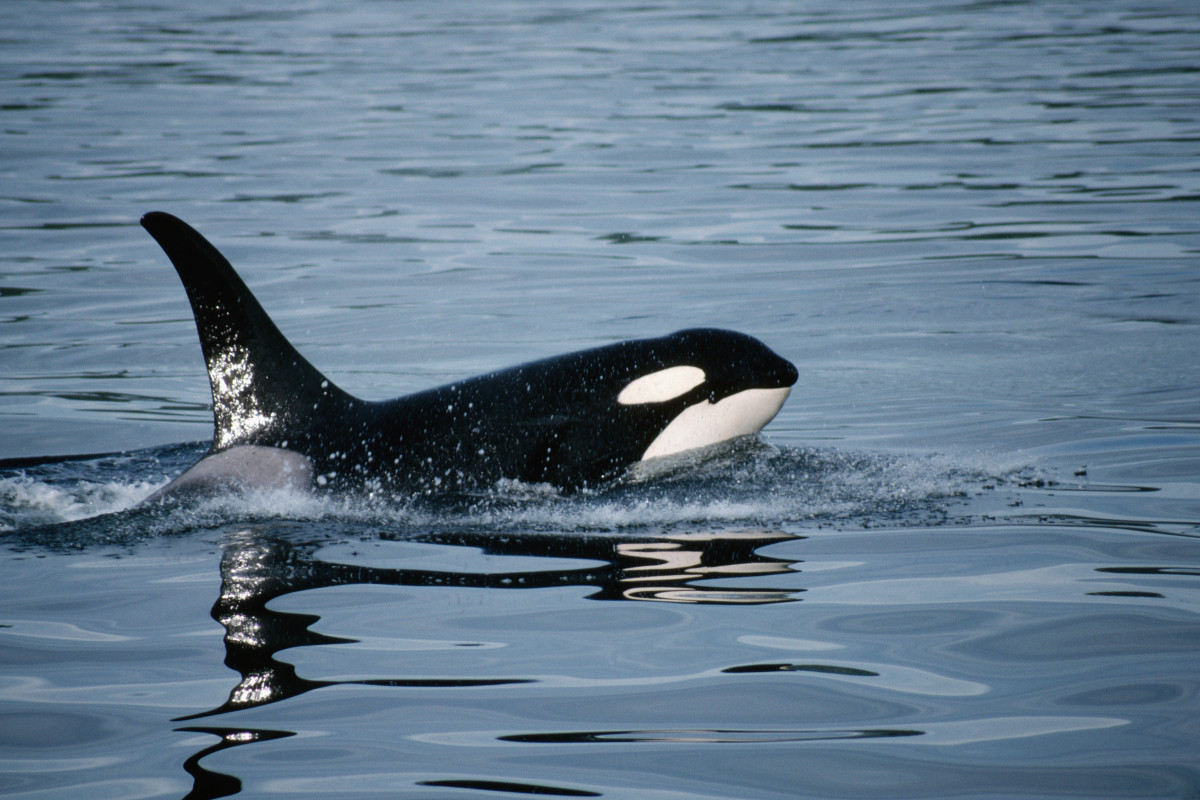No products in the cart.
Fitness Tips
New Report Finds Possible Reasons for Orca Boat Attacks

Last year, mariners in the Mediterranean were baffled by incidents of orcas seemingly attacking ships in acts of aggression. It’s been an increasingly common occurrence in recent years, and many are searching for answers as to why the animals would want to pick fights with inanimate objects.
It turns out the reason why might not be as sinister as one would think. A new report from a group of orca experts from around the world outlines the possible explanations for the killer whales’ behavior. According to cetacean expert and study lead author Alexandre Zerbini, it turns out that what looked like attacks on nearly 700 boats since 2020 was actually just a case of bored teenage orcas wanting to have some fun.
Renaud de Stephanis, another author on the study, said that the young orcas discovered they could break off boat rudders and use them as toys.
“The sea is a very boring place for an animal,” de Stephanis said, per USA Today. “Imagine if you’re a dog or some other mammal, you can interact with objects around you. But in the sea there’s not much for the orcas to interact with, so they play with the rudders.”
The so-called “attacks” usually involve juvenile orcas who Zerbini says are “more playful and courageous in approaching boats.” After they break off the rudders, they have fun under the surface. “There’s documented evidence of the orcas then playing with the pieces,” he said.
Related: Orcas Sink Yet Another Yacht After Relentless, 45-Minute Attack
The findings are in line with an open letter Zerbini and nearly 80 other marine biologists from around the world published in September 2023 debunking the idea that the orcas were upset and taking out their anger on boaters.
“Science cannot yet explain why the Iberian orcas are doing this, although we repeat that it is more likely related to play/socializing than aggression. However, it is unfounded and potentially harmful to the animals to claim it is for revenge for past wrongs or to promote some other melodramatic storyline,” they wrote.
Orcas are much smarter than we may think they are, and it appears that the animals might simply be following each other’s lead underwater.
Source link

